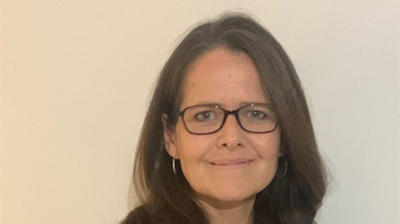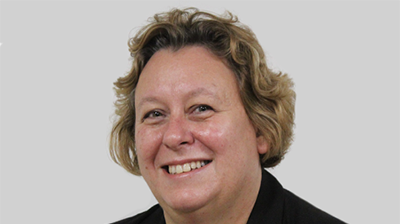
Ride-hailing specialist Uber is team up with government agency NASA to develop software to manage “flying taxi” routes.
Speaking at the Web Summit internet conference in Lisbon, Uber’s chief product officer Jeff Holden said the company would begin testing four-passenger, 200-miles-per-hour flying taxi services across Los Angeles in 2020, its second planned test market after Dallas/Fort Worth.
“There is a reality that Uber has grown up a lot as a company,” Holden said in an interview ahead of his speech. “We are now a major company on the world stage and you can’t do things the same way where you are a large-scale, global company that you can do when you are a small, scrappy startup.”
NASA said in a statement it had signed a generic agreement in January with Uber that enables the company to join a variety of industry partners working with NASA to develop a range of driverless air traffic management systems.
The first phase involved limited field tests of drones used in agriculture, fire-fighting and pipeline monitoring.
This was followed by trialling long distance uses in sparsely populated regions. Phase 3 in 2018 will test services over moderately populated areas, leading to Phase 4 testing in high-density urban areas in 2019.
Holden told Reuters that Uber plans to introduce paid, intra-city flying taxi services from 2023 and is working with aviation regulators in the US to gain the necessary approvals.
This “ride sharing in the sky” would involve a fleet planes - part helicopter, part drone and part fixed-wing aircraft - running multiple small rotors capable of both vertical take off and landing and rapid horizontal flight.
These Uber “flying cars” are expected to be autonomous and offer trips costing as little as $20 with tens of thousands of flights per day.
One goal is to develop a city-wide transport system using this technology by the 2028 Olympics in Los Angeles, as a way of dealing with the city’s notorious traffic jams and lack of public service transportation.






